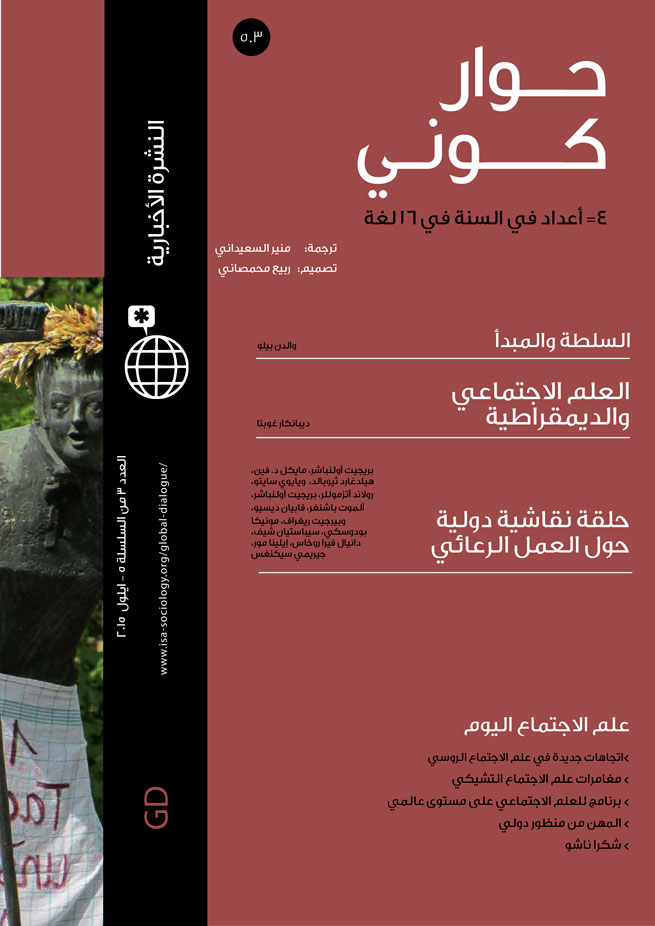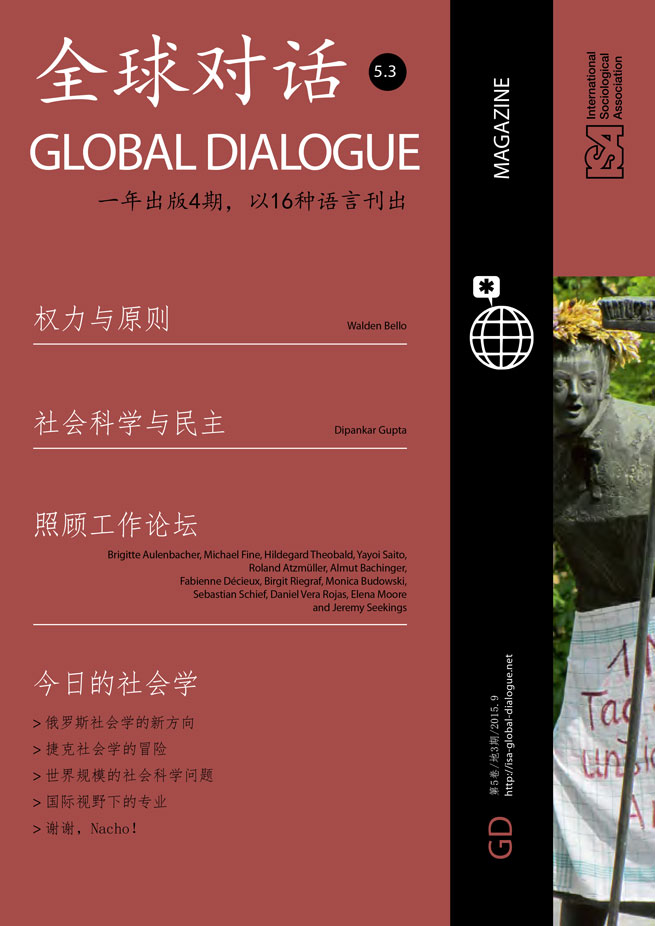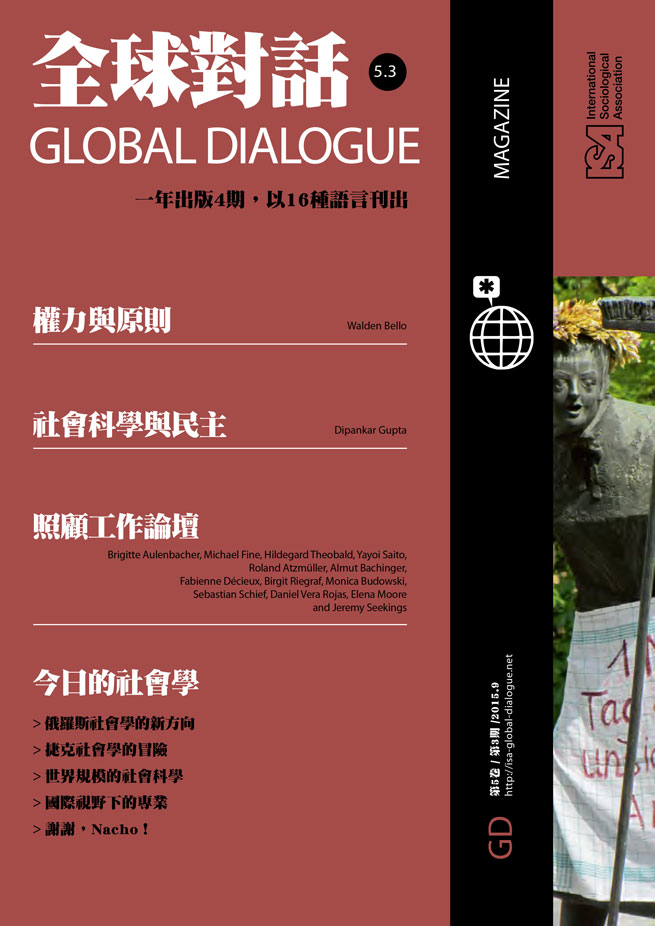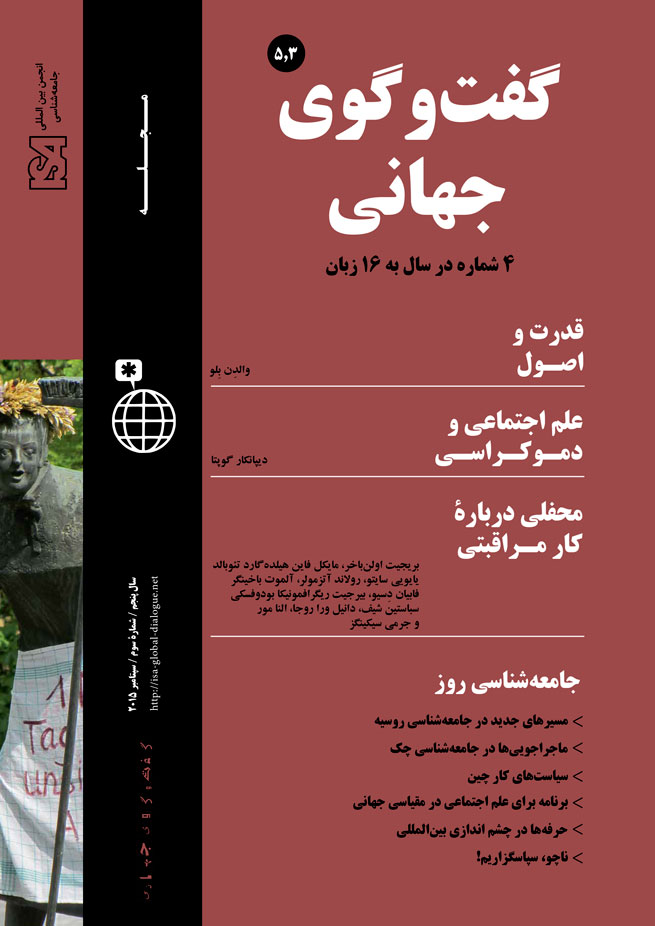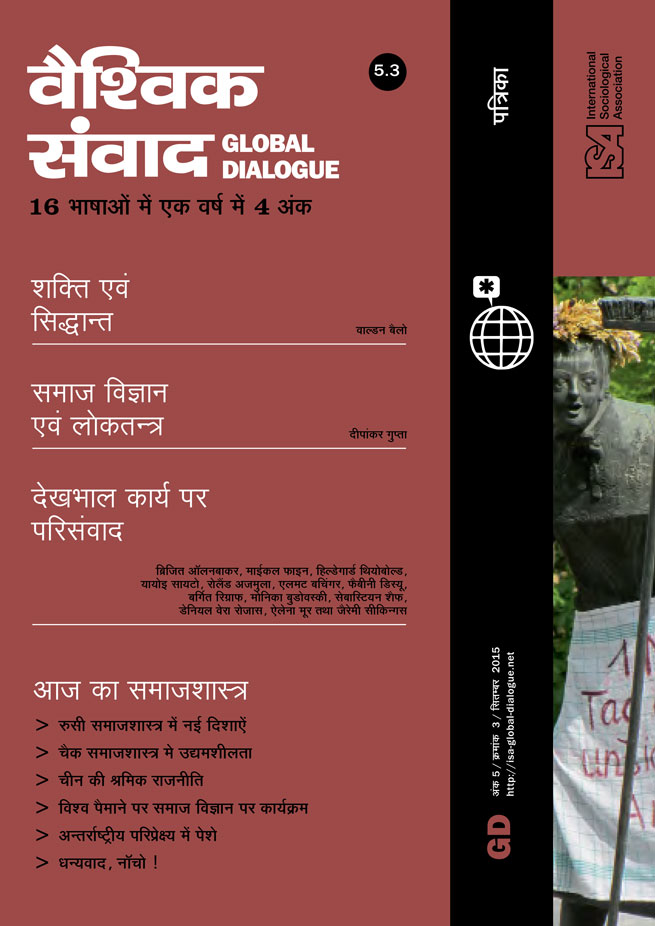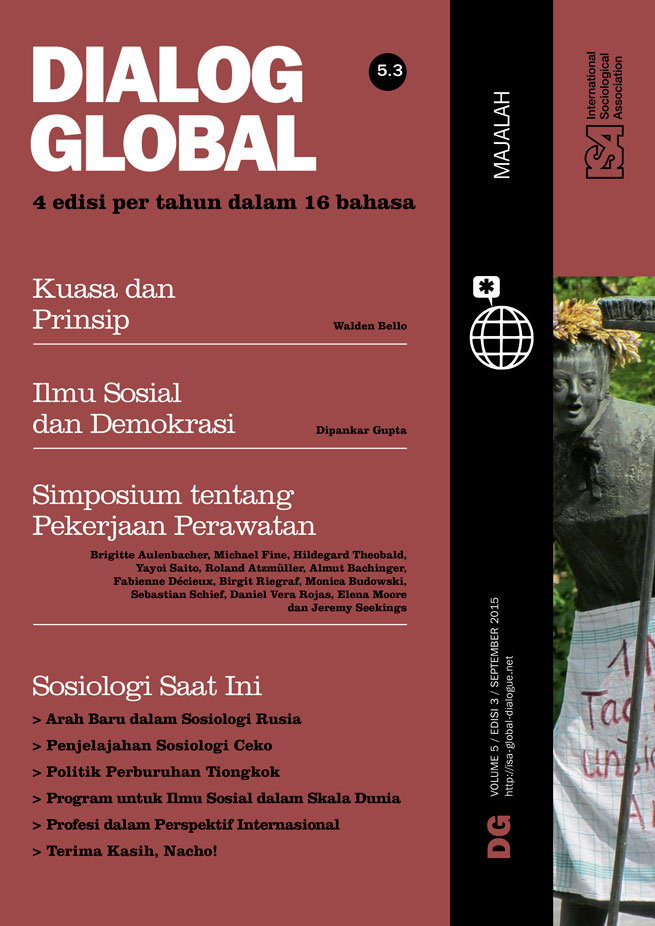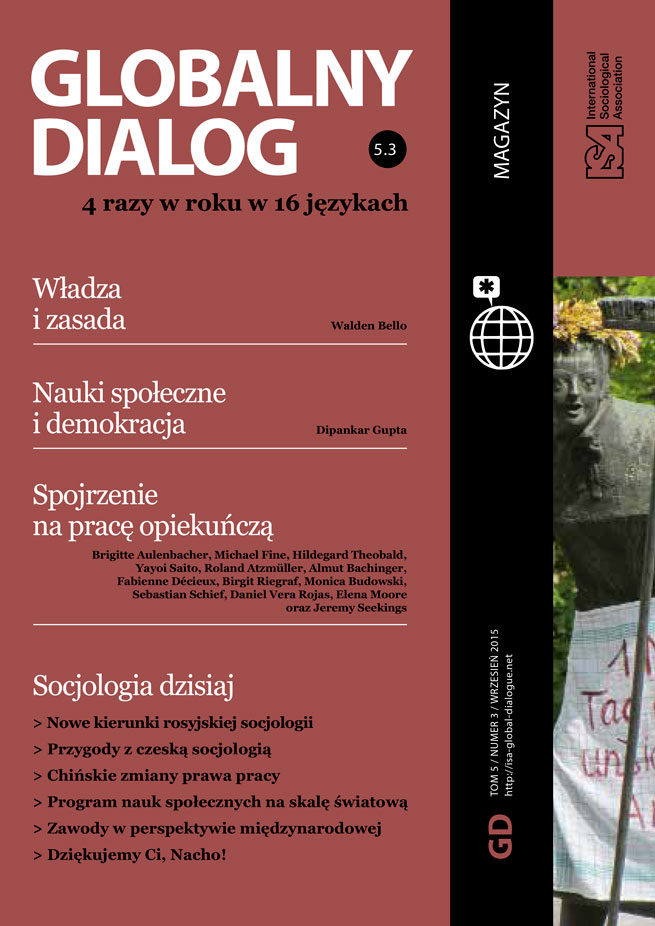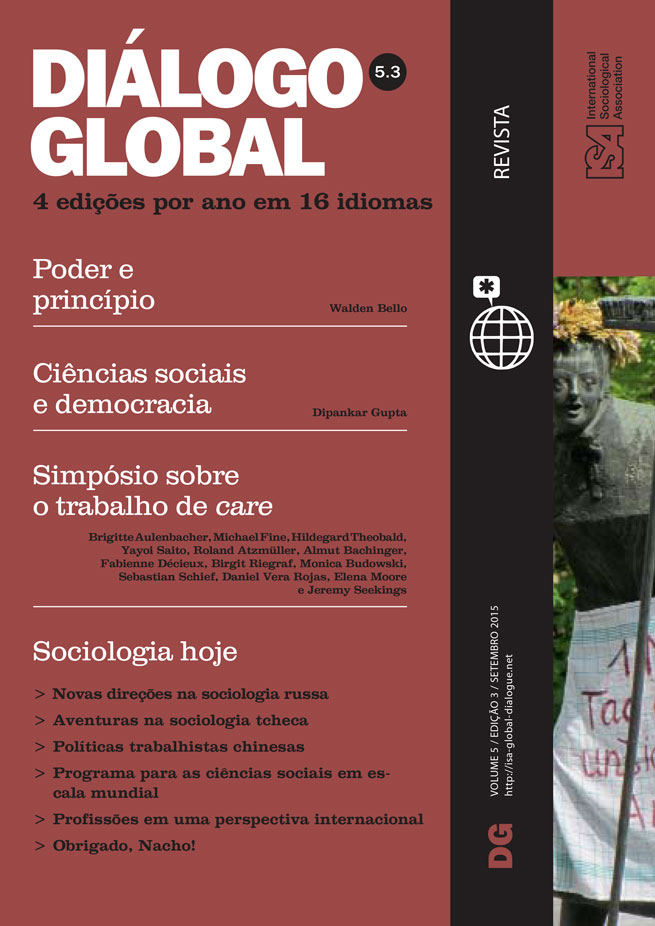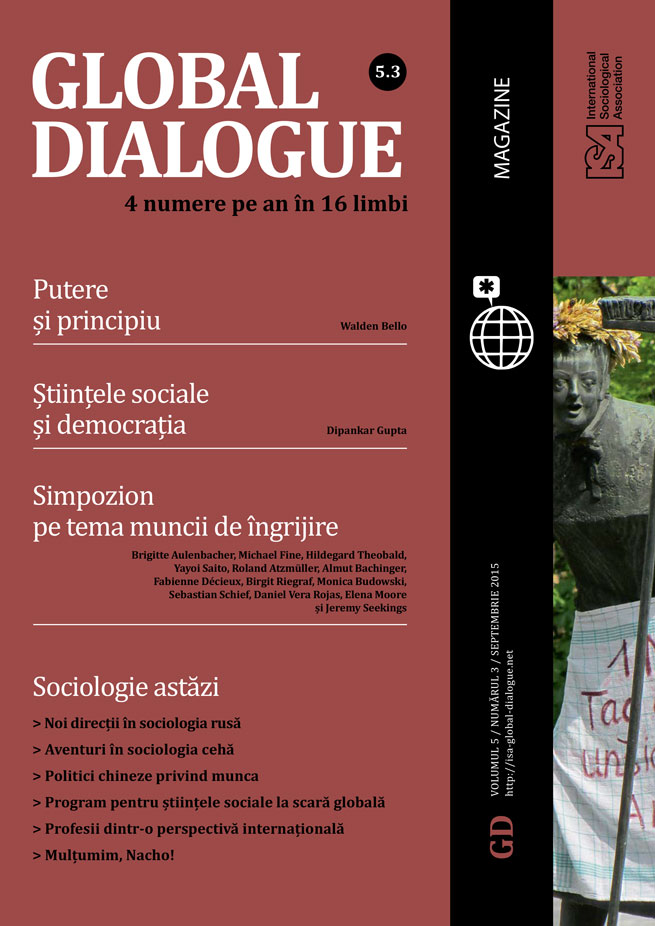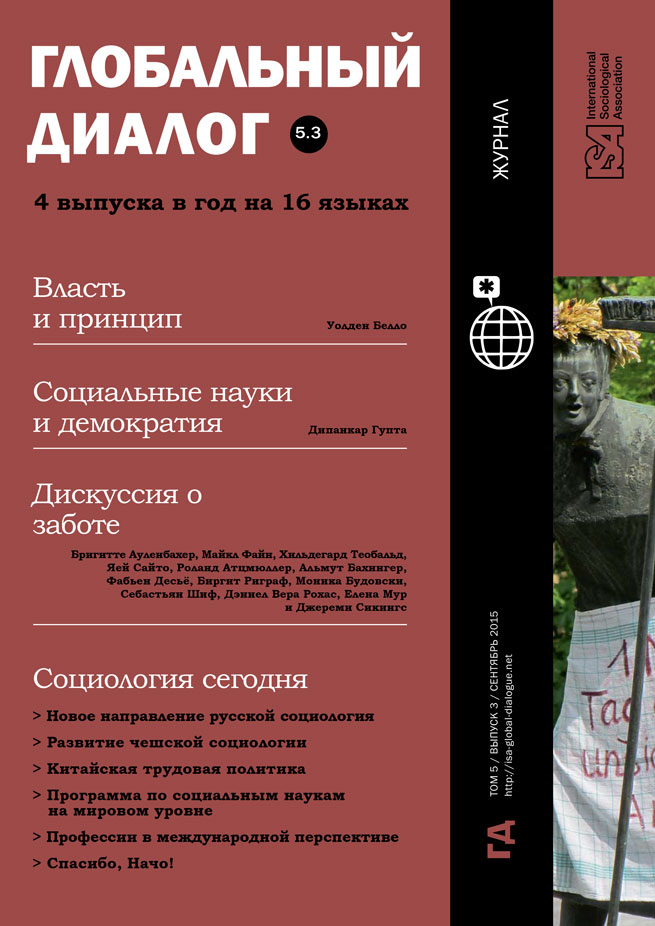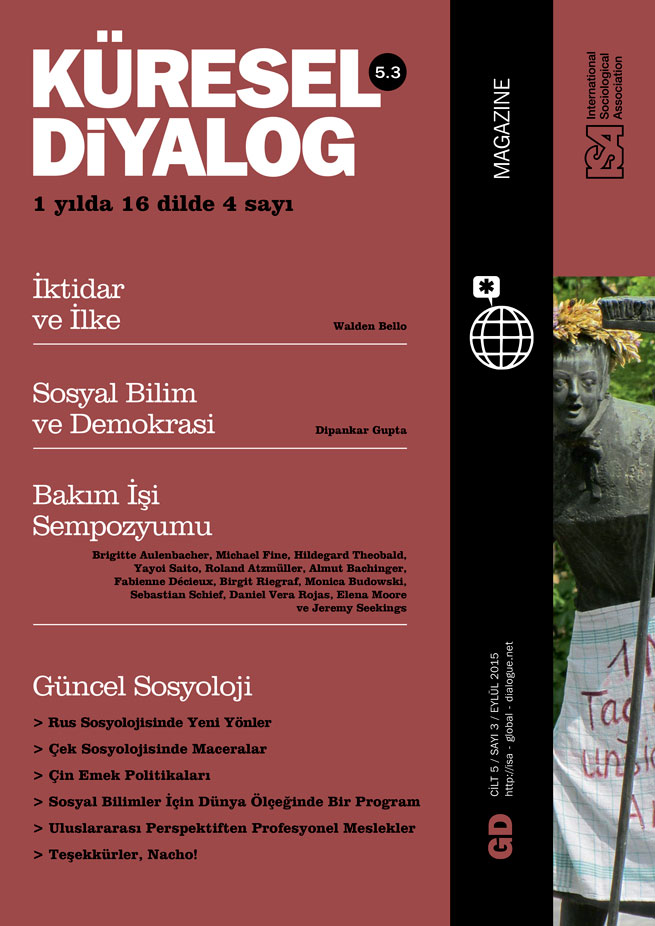Read more about New Directions in Russian Sociology
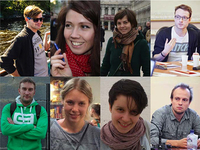
Sociology in a Hostile Environment
by Public Sociology Laboratory
August 08, 2015
In Russian the word “soviet” means 1) council, assembly, board; 2) advice, recommendation, suggestion; 3) harmony, concord. As a term, it refers to a specific kind of political organization, introduced after the October Revolution of 1917, that radically transformed political power: “Councils of the workers’, peasants’ and soldiers’ representatives”, also known as “soviets”.
Soviets were envisaged as governing bodies elected by “those who work,” where everything would be based on collective decision-making. Early in the Soviet era, at least, these “soviets” were designed to facilitate direct democracy. They embodied new principles of social life – solidarity, collectivism and self-organization – yet at the same time these principles were based on the “dictatorship” of previously-oppressed classes.
This new sociality demanded new forms of everyday life in urban and rural areas – both in workers’ milieux and in peasants’ everyday practices. Mass education and cultural upbringing, urban migration, emancipation of women, new forms of governance – all these processes had to be embedded in patterns of everyday life, including its spatial organization.
This posed a powerful challenge for architects who were called to invent new forms and types of building construction. Thus, the world-famous Soviet constructivist avant-garde architecture of the 1920s and early 1930s was brought to life by the realities of social and political life.
One of the largest and most intact constructivist projects still visible today is a complex of buildings in St. Petersburg’s (formerly Leningrad) Narvskaya Zastava district. A typical working-class suburb at the beginning of the twentieth century, Narvaskaya Zastava was the site of the tragic events of “Bloody Sunday,” when a peaceful workers’ demonstration was repressed by the Tsar’s Imperial Guard in 1905. After the Revolution of 1917, this event was canonized, and became a sacred marker of the new proletarian ideology (see Picture 1 above).
The Narvskaya Zastava area became a place for architectural experimentation, and a large public center of the wider industrial district.
Residential buildings at Traktornaya Street (built in 1925-27) were a top priority at a time when architects sought new principles of spatial organization as they developed public housing for the proletariat. Traktornaya Street is an example of the transitive style in both architecture and urban planning: it includes features of Russian Neoclassicism mixed with new avant-garde forms, supremacist motifs and functional zoning. The buildings at Traktornaya Street started a process of transformation for the whole district. (Picture 2)

The first secondary school in Leningrad was opened in 1927. Named the School of the Tenth Revolution Anniversary, it was designed under an experimental program, with new methods of learning and training intended to stimulate pupils’ active involvement and independence, while reducing the number of teachers required. The school, which had about 1.000 students, included various types of classrooms, laboratories and even an astronomical observatory. (Picture 3)
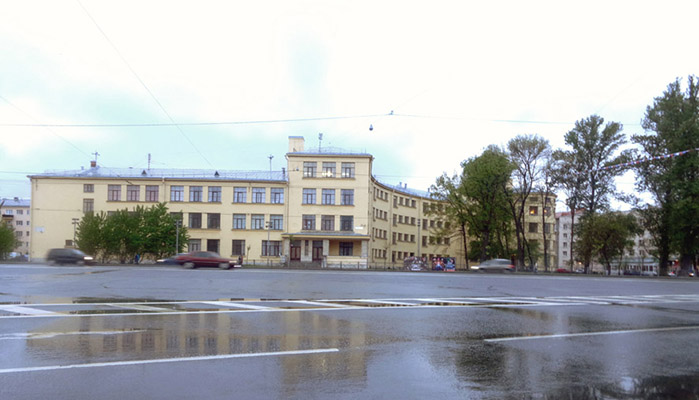
This new architectural vision inherited functionalist ideas about the significance of public places. The first large project, undertaken by the trade union movement, was the area’s Community center (1925-27). Community centers provided places for the working class to socialize: theaters, classrooms, gyms, and libraries. In 1930-32 the Community center was expanded to include a School for vocational training, offering workers and young people opportunities to advance their professional skills. (Picture 4)

The center of the ensemble at Narvskaya Zastava was a department store and dining factories (1929-31). These novel institutions were designed to provide mass-produced ready-to-serve dinners (not to be confused with the fast-food units of the latter part of the twentieth century!) and semi-finished meals. The building’s composition demonstrates the dynamics of everyday life: large forms, different shapes, interconnected vertical and horizontal lines, asymmetric sections. The huge glass-covered department store was visible from the street, an obvious manifestation of the ideals of radical openness, emancipation, and solidarity that were central to the early Soviet ideology. (Picture 5)
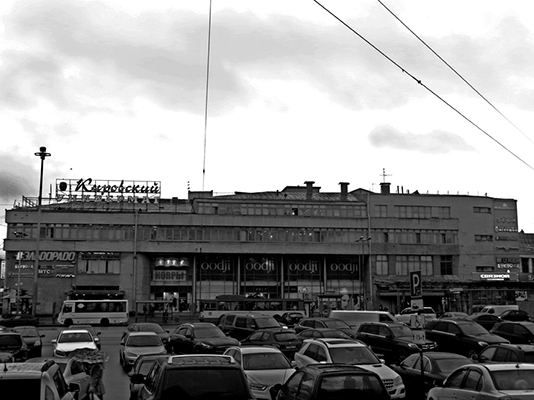
This unique constructivist ensemble was completed with the building of the Kirov-district Soviet (1930-1935), which housed the district’s municipal council. The idea of powerful and democratic local governments was central to the discourse of Soviet political organization in the 1920s. Visible from afar, this administrative center housed district authorities, cultural institutions, a bank, a post office, and an assembly hall. The project made use of all the functional and technical innovations of the age. At the same time, however, the building of the Kirov-district Soviet could also be regarded as a sign of the demise of the Soviet avant-garde: its quasi-classical portico and other details were symptoms of a turn toward modernized imperial architecture, embracing the new totalitarian ideology. (Picture 6)

Some years later, a large square was created in front of the building, specifically to stage mass gatherings and rallies. In 1938, a statue of the legendary leader of the Leningrad communist party Sergei Kirov was placed here. (Picture 7)
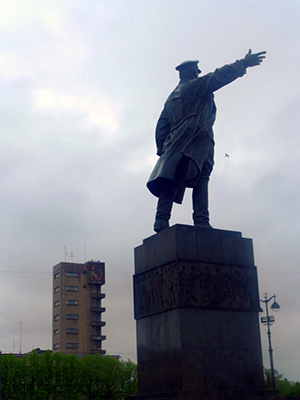
A large monument commemorating Kirov (whose assassination in 1934 served as a pretext for Stalin’s escalation of repression culminating in the Great Purge) indicated the end of the early history of Soviet architecture and society. The next age required other architectural forms, promoting other types of sociality: masses instead of collectives, totalitarian rule instead of popular democracy, and conformist consumerism instead of solidarity. Symbolically, the assembly hall seating 1,000 people was eventually turned into a cinema. Today, almost a century later, the Narvskaya Zastava area is still an industrial district mainly populated by workers. The secondary school, community center, residential houses, and Kirov-district Soviet buildings retain their primary functions, although their significance as places for socializing and collective activity has faded. Constructivist architecture is overshadowed by structures of earlier (imperial) and later (Stalin and late Soviet) periods, and the whole area nowadays looks like a palimpsest. (Picture 8)
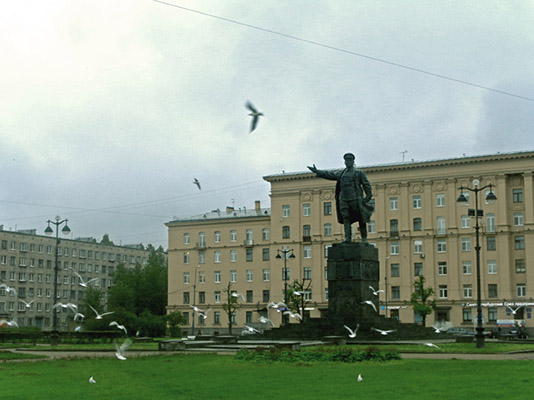
Natalia Tregubova, St. Petersburg State University, Russia <natalya.tr@mail.ru>
Valentin Starikov, St. Petersburg State University, Russia
This issue is not available yet in this language.
Request to be notified when the issue is available in your language.
If you prefer, you can access previous issues available in your language:
